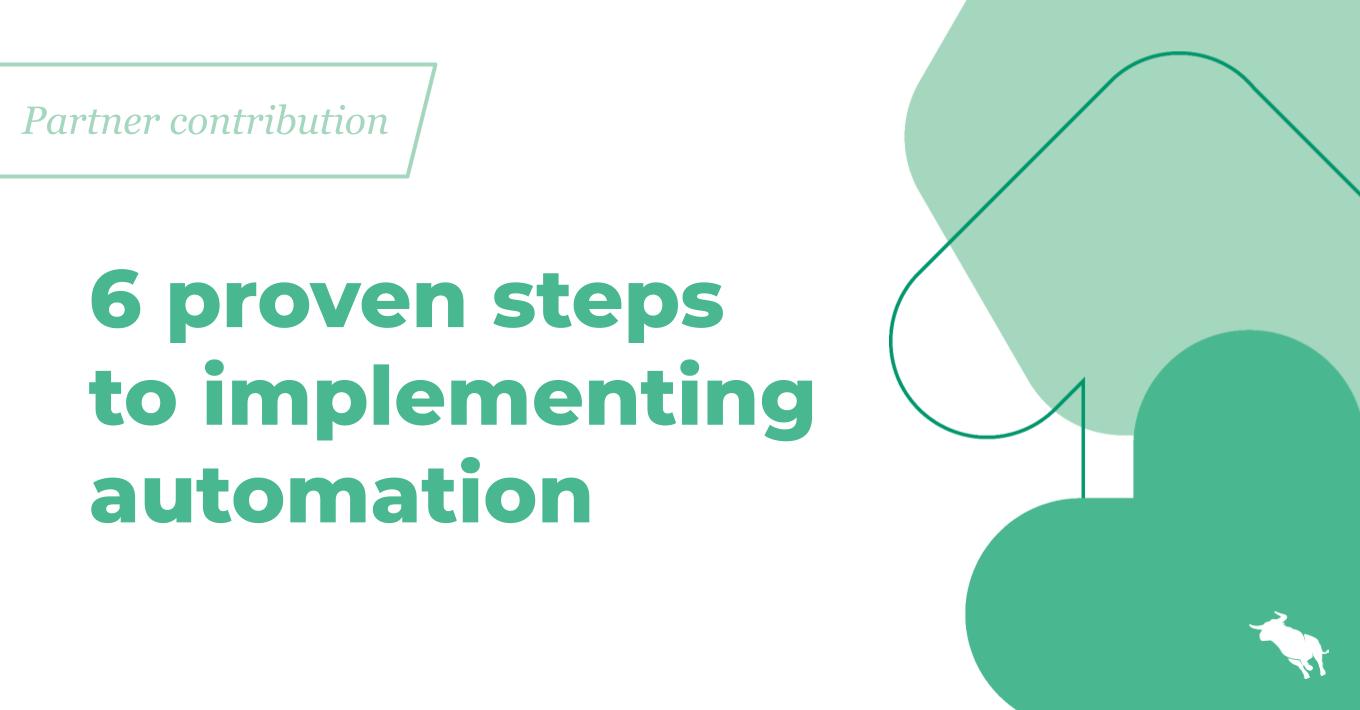Top 5 Applicant Tracking System Mistakes: Parts 4 & 5
Bad mistakes happen to great recruiters. We are nearing the end of our latest blog series on the top five slip-ups recruiters are making in the applicant tracking system (ATS), but by no means are we finished learning from other people’s mistakes. If you missed parts one, two or three, check them out on the Bullhorn blog!
Diving into parts four and five, Senior Engineer, Jason Jakes, covers two more mistakes we see recruiters making quite often while using the ATS, starting with “Bad Search Behavior.”
4. Bad Search Behavior:
I have already touched upon the need to search your internal database in this blog series; however, this is a microcosm that needs further clarification. There are two main mistakes that are made by recruiters when it comes to searching: data quality and not understanding the full capabilities of the search functionality within the applicant tracking system.
Data quality is more of an aggregate issue, but it’s important that each recruiter maintains accurate profiles for each candidate. This reminds me of the parable about the “Village Wine” where everyone in the village is asked to put one bottle of wine into a large cask for a big celebration. On celebration day, when they opened the cask only water flowed forth. Everyone thought if they put in a bottle of water rather than wine it would go unnoticed. The takeaway here is that everyone needs to participate in the accurate profiling of candidates, including you. The minimal effort of doing so will pay you and all other members of your organization huge benefits down the road.
Filling your database with people that have been pulled directly from the job boards whom no one has ever interacted with eventually burdens your database with stale candidates that have a low likelihood of becoming placements.
Whether your ATS is intuitive or not, chances are the search functionality is highly complex ― if not from the user interface side, then on the back-end logic that is producing the results of the search. Relative to this scenario, if I don’t understand the logic on how candidates are ranked when they come back, I may be structuring my query of the database incorrectly to get the results I want. Good applicant tracking systems will be able to convey exactly how the scores are generated. Now, I’m not someone who goes out of their way to ask for directions or read instructions, but if someone shares a little knowledge that allows me to search more efficiently I always feel silly if I wasn’t doing it that way all along.
How to Avoid:
All applicant tracking systems will be different, so I won’t go into depth, but make sure you understand these basics:
- Boolean vs. Visual Search creation – Boolean isn’t that complex if you haven’t used it before and can sometimes provide capabilities that your visual search can’t like, “find me manager within four words of development.”
- Keywords – is synonym lookup available and if so, how is the list populated? Does your search mechanism use “stemming,” a function that will return results containing the root of the search term you are looking for. Knowing this will help you choose your terms better.
- Semantic Search – try to understand as much about this “fuzzy” logic as your service provider will tell you. Many times the rules are not as obtuse as you would expect and being armed with this knowledge will help you structure your query.
- Know what you can search on – all applicant tracking systems allow you to search keywords, as well as some, if not all, of the fielded data of the candidate record. In some ATS solutions, like Bullhorn, you have the capability to search items that are a standard part of a candidate profile. An example of this would be whether a candidate is associated to a hot list or folder of people who have been considered for certain jobs in the past or have been successfully placed. In most cases recruiters aren’t even aware this capability exists.
5. Ineffective Communication:
To start with, communication needs to be tracked and I don’t just mean when it’s convenient. If you’re anything like me, you might not be able to remember what you ate for dinner two nights ago. So it stands to reason that if you had a conversation with 30 people on that day, you might not remember exactly what was said in every conversation either.
Your applicant tracking system should track these conversations, not only so you can prove your metrics to your boss, but also to provide documented proof that the conversation occurred. It’s easy when you’re in front of your computer, but if you’re out of the office most ATS solutions have some sort of an app or mobile website that you can use to document a call from a candidate while you’re on the go.
Having seen my wife go through a recent job search, I’ve seen firsthand how poor communication and a lack of feedback from the recruiter can quickly ensure that a candidate won’t want to work with you in the future. As a general rule I will say that corporate HR seems to be a much larger offender than the staffing and recruiting industry, but this is something that you need to be vigilant about. The scope begins with the initial inquiry all the way through the mid-stream stages of the recruitment process. Once you get further down, it’s usually not a big deal – I’ve never heard anyone forget to give a candidate an offer. On the flip side, it’s easy to ignore the 200 resumes that flood your inbox for the generic admin position you posted. However, it’s the age of email and automation and if your ATS doesn’t allow you to either automatically or in mass send emails to candidates that you are going to dismiss, then you should be out shopping for a new one. Even after a phone screen it is still common to forget to follow up with the candidate because you get distracted. This lack of communication can lead to an ill perception of your organization and that candidate will be much less likely to head in your direction or support your company in the future.
The idea of feedback can be extended to quantifiable data, providing your candidates and customers the ability to voice their opinion through performance reviews and feedback. Even if your ATS doesn’t provide the ability to do this natively, you can always utilize a simple third-party offering like Survey Monkey to get this done. This makes both the candidate and client happy because you are giving them another example of how you care about their needs. When this is done regularly, you’ll be able to raise the red flag much earlier than you would have been able to without this feedback and retain more clients.
How to Avoid:
- If your ATS has a mobile interface, make sure you have access to it, even if there is an additional cost. The ability to do work away from the computer and the long-term benefits of better data make it a worthwhile investment.
- Start using short and simple surveys after placement completions to extend feelings of your concern. Leverage your ATS if possible and if not find something basic that works like Survey Monkey and copy the results back into the ATS.
- Remember that candidates are people even before you talk with them on the phone or meet them face to face. If someone takes the time to apply, you should respond when they are taken out of consideration. This could be in the form of an automated email or grouped mass mailing depending on the capabilities of your system. If you can’t do either, you’re not keeping up with the times.
We hope you’ve enjoyed this ATS blog series. If you’re in the market for a new applicant tracking system, then check out Bullhorn’s ATS Buyer’s Guide to learn key requirements to consider before making a purchase.




